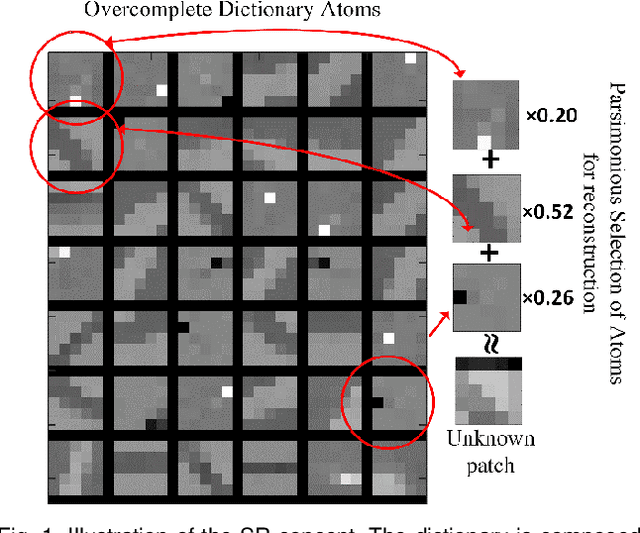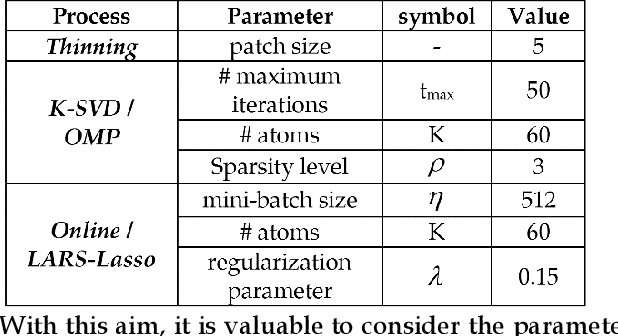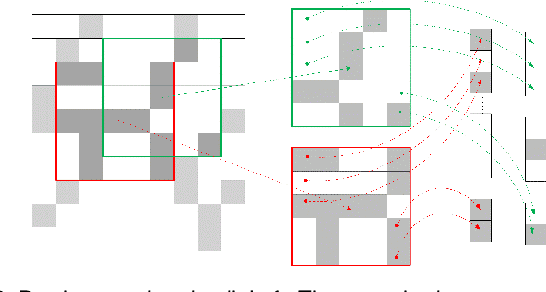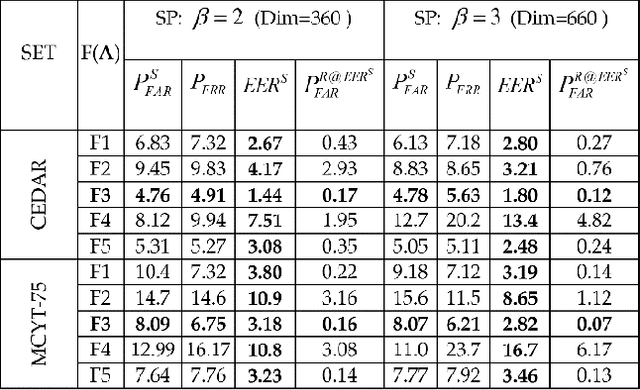Elias N. Zois
Leveraging Expert Models for Training Deep Neural Networks in Scarce Data Domains: Application to Offline Handwritten Signature Verification
Aug 02, 2023Abstract:This paper introduces a novel approach to leverage the knowledge of existing expert models for training new Convolutional Neural Networks, on domains where task-specific data are limited or unavailable. The presented scheme is applied in offline handwritten signature verification (OffSV) which, akin to other biometric applications, suffers from inherent data limitations due to regulatory restrictions. The proposed Student-Teacher (S-T) configuration utilizes feature-based knowledge distillation (FKD), combining graph-based similarity for local activations with global similarity measures to supervise student's training, using only handwritten text data. Remarkably, the models trained using this technique exhibit comparable, if not superior, performance to the teacher model across three popular signature datasets. More importantly, these results are attained without employing any signatures during the feature extraction training process. This study demonstrates the efficacy of leveraging existing expert models to overcome data scarcity challenges in OffSV and potentially other related domains.
A comprehensive study of sparse representation techniques for offline signature verification
Jul 27, 2018



Abstract:In this work, a method for offline signature verification is presented that harnesses the power of sparse representation in order to deliver state-of-the-art verification performance in several signature datasets like CEDAR, MCYT-75, GPDS and UTSIG. Beyond the accuracy improvements, several major parameters associated with sparse representation; such as selected formulation, dictionary size, sparsity level and positivity priors are investigated. Besides, it is evinced that 2nd order statistics of the sparse codes is a powerful pooling function for the formation of the global signature descriptor. Also, a thorough evaluation of the effects of preprocessing is introduced by an automated algorithm in order to select the optimum thinning level. Finally, a segmentation strategy which employs a special form of spatial pyramid tailored to the problem of sparse representation is presented along with the enhancing of the produced descriptor on meaningful areas of the signature as emerged from the BRISK key-point detection mechanism. The obtained state-of-the-art results on the most challenging signature datasets provide a strong indication towards the benefits of learned features, even in WD scenarios with only a few available reference samples.
 Add to Chrome
Add to Chrome Add to Firefox
Add to Firefox Add to Edge
Add to Edge